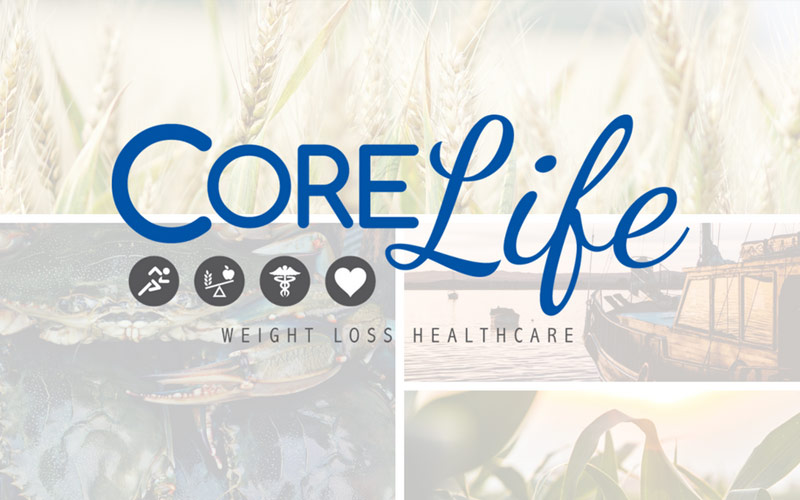Since about the 1950s, under the guidance of Ancel Keys, Americans have been told to fear fat, opting for fat-free or low-fat options whenever possible. This recommendation extended to dairy, evidenced easily by the vast number of fat-free/low-fat dairy products on the market and the very limited full-fat options. Skim milk, fat-free yogurt, fat-free cheese, even low-fat creamers (cream is pure fat!) pile the shelves, with full-fat options often being relegated to very specific baby product options.
Recent research, however, doesn’t support these recommendations, not only that, but many health experts now state that there was very little evidence to support the low-fat fad in the first place! In fact, full-fat dairy has now been shown to perhaps even be beneficial for weight loss. Full-fat dairy is associated with:
-lower body weight
-less weight gain over time
-lower risk of obesity
-lower risk of abdominal obesity
-lower risks of cardiovascular disease and coronary heart disease
-lower risk of developing diabetes (up to 46% reduced risk!)
And, in a study comparing high-fat and low-fat dairy intakes, those on the high-fat dairy had decreased triglycerides and showed no rise in LDL cholesterol, while those on the low-fat dairy showed a decrease in LDL, but ALSO a decrease in the heart-healthy HDL! Studies have shown no real support for full-fat dairy and an increased risk of heart disease or metabolic disease.
Ok, but why? How does full-fat dairy, which packs more calories per serving than low-fat, actually result in improved health? There are a number of thoughts on that. First, full-fat dairy is simply more satisfying than low-fat. This can lead to a reduced intake/fewer calories overall, compared to low-fat options. Mentally, many people feel like low-fat/fat-free options are “guilt-free”, so not only do they feel less satiated by the reduced fat, but that it’s ok to eat more of it. Additionally, removing fat from foods typically means it’s being replaced by carbs/sugar. The full-fat slows digestion, lessening the insulin response. Increased carbs increase insulin response and excess carbs turn into sugar in the body that is, that’s right, stored as fat! Finally, the fatty acids in dairy may play a role in gene expression and hormone regulation, resulting in a change in how much energy the body burns and limiting the amount it stores.
While dairy does offer calcium for bone health, protein for lean muscle mass, and potassium to help regulate blood pressure, among numerous other nutrients, it is certainly not “necessary” in the diet. The current dietary guidelines suggest 3-4 servings of low or no-fat dairy a day. Based on the most up to date research, this seems not only excessive, but a poor form of dairy to consume. Instead, opt for full-fat dairy, only 2 servings a day, preferably in the form of food, rather than liquids (like milk). Choose plain/unsweetened options for yogurt, kefir, milk, etc. and enjoy the nutritional benefits of full-fat dairy, as well as the more pleasurable eating experience from the lovely natural fat. Just like everything else, moderation is key. Just because full-fat dairy doesn’t seem to cause health issues doesn’t mean you should begin consuming it in greater quantities! As part of a balanced diet, full of fruits and vegetables, full-fat dairy can be a healthy, enjoyable addition.
Aubrey MS RDN
